Pronunciation:
(suh-JIT-uh)Abbreviation:
SgeGenitive:
SagittaeRight Ascension:
20 hoursDeclination:
18 degreesArea in Square Degrees:
80Crosses Meridian:
9 PM, August 30Visible Between Latitudes:
90 and -70 degreesThe constellation Sagitta, the arrow, can be seen in late summer in the northern hemisphere. It is visible between latitudes 90 degrees and -70 degrees. It is an extremely small constellation, filling only 80 square degrees of the sky. This makes it the third smallest constellation in the night sky. It is bordered by Vulpecula to the north, Hercules to the west, Aquila to the south, and Delphinus to the east.
Sagitta is one of the 48 constellations first cataloged by the Greek astronomer Ptolemy in the second century. Its name is Latin for “arrow”. There are a number of Greek myths associated with this constellation. In one, it represented the arrow Hercules used to kill the eagle that Zeus sent to chew on Prometheus’ liver. In this version, the eagle is represented by the constellation Aquila. In another myth, it may represent the arrow that Apollo used to kill the Cyclopes. In still another myth it represents the arrow of Eros which made Zeus fall in love with Ganymede. In this version, the eagle guards the arrow in the sky.
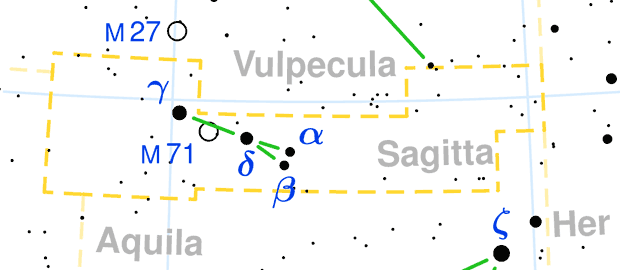
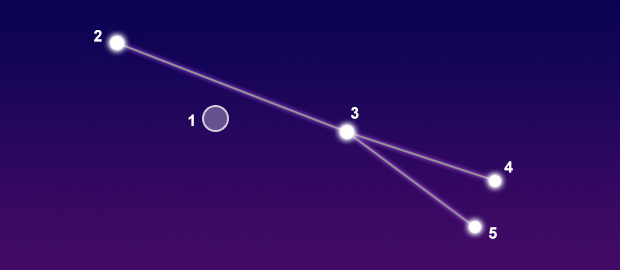
Gamma Sagittae
Delta Sagittae
Sham
Beta Sagittae
N/A
N/A
"The Arrow"
N/A
Red Giant Star
Multiple Star System
Yellow Giant Star
Yellow Giant Star
3.47
3.68
4.39
4.39
Sagitta is a very dim constellation that contains no stars brighter than magnitude 3. The brightest star is Gamma Sagittae with a visual magnitude of 3.47. It is a red giant star located approximately 274 light years from Earth. It is 640 times brighter than the Sun. The second brightest star is Delta Sagittae. It is a multiple star system that lies 448 light years beyond our solar system. Sham is the third brightest star with a magnitude of 4.39. It is a yellow giant star that is 340 times brighter than the Sun and is located about 620 light years from our solar system.
Sagitta contains one Messier object and a few notable deep-sky objects. M71 is a loose globular star cluster with at least 20,000 stars. It is 27 light years across and 12,000 light years from Earth. Some of the more dim objects include the Necklace Nebula, a planetary nebula that resembles a necklace made of precious gems, and NGC 6886, a faint planetary nebula. Sagitta is also home to an unusual star known as WR 124, an unstable Wolf-Rayet star that has expelled a nebula of material known as M1-67. These dim objects can only be seen with very large telescopes.
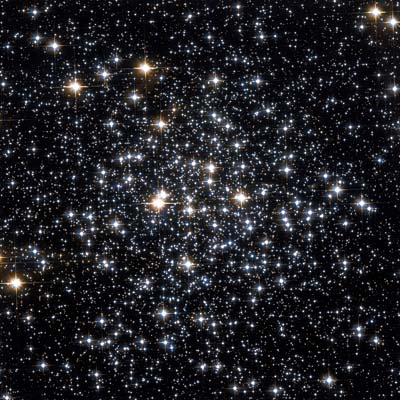
the Hubble Space Telescope
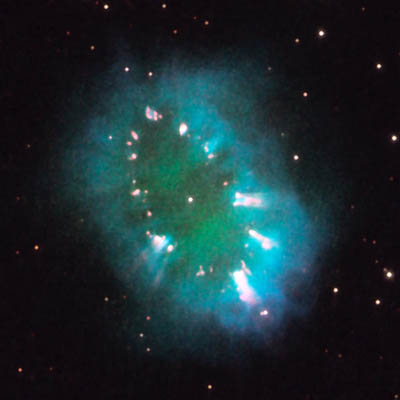
the Hubble Space Telescope
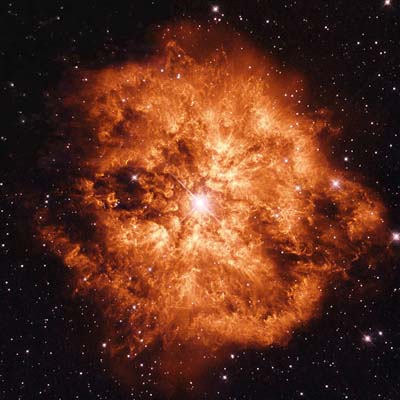
© Judy Schmidt / CC0
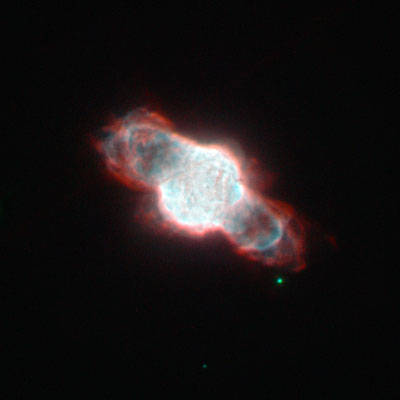
© ESA/Hubble / CC BY 4.0



